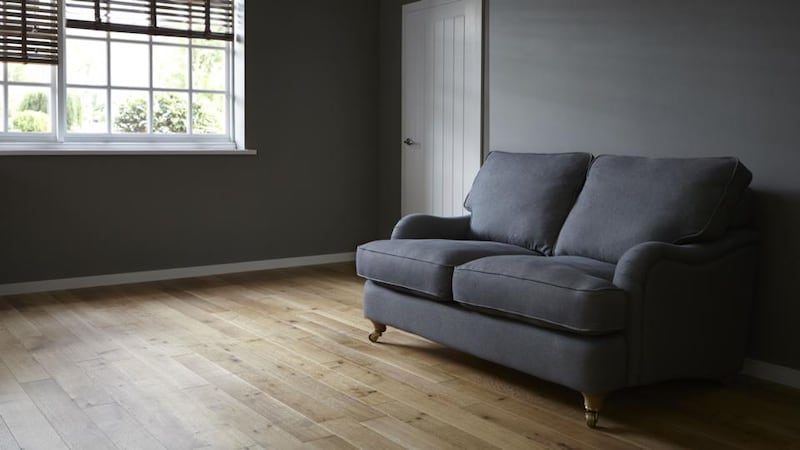I’m fascinated by the way homes have evolved in recent times, even in my lifetime. How we use our homes and what we expect from them has changed radically.
Some rooms, such as dining rooms and most recently the home office, unless you run your business from home, have pretty much become obsolete. Our homes have become much more sociable places where interaction is a priority for families.
In many cases both parents have jobs so the only time families have to spend together during the week is in the evening. So being able to interact while cooking, doing homework and all the other necessities of everyday life works much better for modern living than the more historic layout of separate rooms with separate functions.

Much of how our homes have changed has been accelerated by advances in technology. Tablets and laptops mean a home office is no longer a priority. I remember listening to a radio interview just before Apple launched the iPad and the interviewer saying that really it was something that was nice to have but not really necessary if you already had an iPhone.
How wrong was he. Tablets have become an integral part of family life – they are used as newspapers, televisions, recipe books, timers, magazines, games consoles. And why stop there when the advances and possibilities are limitless. But with this ubiquitous technology and open-plan living come some drawbacks. The biggest one being noise and distraction.
What so many of our clients are now asking for is a ‘calm room’. So what does this mean? The brief is often to have no TV. Up until now the thinking was that if you didn’t have a TV in a room it wouldn’t be used but this no longer holds true.
The next requirement is that the room is separate from the main living or family space. This is something we have always tried to encourage clients to maintain, particularly when they are extending to the rear of the house where it is best to keep the front reception room separate to the new space to the rear. This room will act as an adult room when the children are small and give the family options for how they use the house as their children get bigger.
Forward-thinking companies, such as Google, provide calm rooms for their employees. These rooms have specially selected lighting, furniture and finishes to create a feeling of wellbeing and free thought.
If a room is to be calm, the atmosphere is critical to achieving this. Lighting is hugely important in setting the mood. Your choice of lights and bulbs is especially important. With the new LED lights it’s vital to choose the warm light bulbs rather than the colder white lights. The colder lights are truer to natural daylight, however, they are not in any way relaxing, particularly in the evening when you are trying to wind down.
Colour is also extremely important if you are trying to create a calm room. Keep the major elements more neutral and work in colour through accessories.
This lets you easily change or tweak the scheme without going to too much expense. Warm greys and sandy tones are particularly calming and don’t be afraid to go dark on walls even in a north facing room. What you want to achieve is a cosy comfortable space where you can retreat and completely relax.











